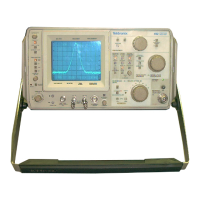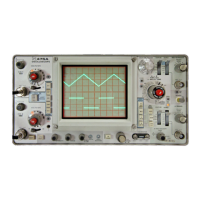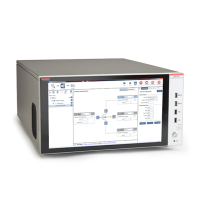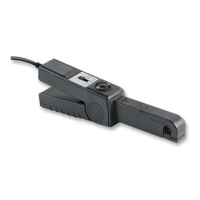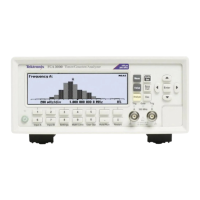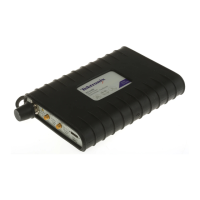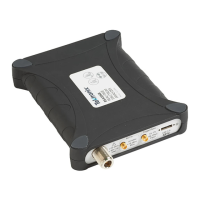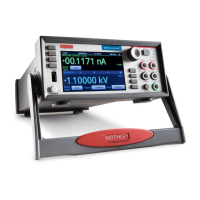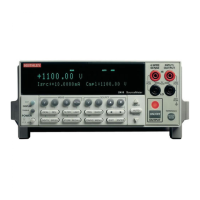The gears should be lubricated with a high quality lubri-
cant such as COSMOLUBE No. 102, (Tektronix Part No.
006-1229-00). The bearing surfaces and drive shaft should be
oiled with a light weight oil such as Hoppes lubricating oil
or Pfaff sewing machine oil.
Lay the instrument on its side. Using a syringe or hypoder-
mic oiler (Tektronix Part No. 003-0280-00) and apply no more
than one drop to each point. The gear shafts that are below
the RF CENTER FREQUENCY and oscillator tuning shafts
can be reached with the hypodermic oiler, or a small wire
which will wick the oil to the out-of-the-way points. Do not
apply oil to the tuning shaft from the front panel of the
instrument.
The lead screw (long threaded shaft) that tunes the C band
oscillator cavity should not require lubrication.
It should,
however, be cleaned with a soft brush and mild detergent
solution.
Visual Inspection
After a thorough cleaning, the instrument should be care-
fully inspected for such defects as poor connections, dam-
aged ports and improperly seated transistors. The remedy
for most visible defects is obvious; however, if heat-damaged
parts are discovered, determine the cause of over-heating
before the damaged parts are replaced, otherwise the dam-
age may be repeated.
Transistor Checks
Periodic preventive maintenance checks consisting of re-
moving transistors from the instrument and testing them in
a tester, are not recommended. The circuits within the instru-
ment provide the only satisfactory check on transistor per-
formance. Defective transistors are usually detected during
recalibration of the instrument. Details of in-circuit transistor
checks are given in the troubleshooting procedure in this
section.
Performance Checks and Recalibration
To insure accurate measurements, the instrument per-
formance should be checked after each 500 hours of opera-
tion or every six months if the instrument is used intermittent-
ly. The calibration procedure is helpful, both in the isola-
tion of major troubles in the instument, and in locating
minor troubles which are not apparent during regular oper-
ation. Instruction on how to conduct a performance check
are given in Section 5, Calibration instructions are described
in Section 6.
CORRECTIVE MAINTENANCE
Corrective maintenance consists of component replacement
and instrument repair. Special techniques or procedures
required to replace components in this instrument are de-
scribed in this section.
NOTE
Maintenance and repair of the RF Local Oscillator,
Mixer and Filter sections should not be attempted.
The oscillator tubes and mixer diodes can be
4-2
replaced provided reasonable care is used, and
their replacement is performed by competent per-
sonnel. (See replacement instructions in this sec-
tion.) Circuit components have been selected and
positioned at the factory using special test equip-
ment. Tracking adjustments for the local oscillator
section require special test equipment and tools.
Obtaining
Replacement
Parts
Before purchasing or ordering replacement parts, con-
sult the Parts List for value, tolerance and rating. The Parts
sections contain instructions on how to order replacement
parts from Tektronix.
NOTE
When selecting the replacement parts, it is im-
portant to remember that the physical size and
shape of the component may affect its perform-
ance in the circuit.
Component Numbering and Identification
The circuit number of each electrical part is shown on
the circuit diagrams. A functional group of circuits (such
TABLE 4-1

